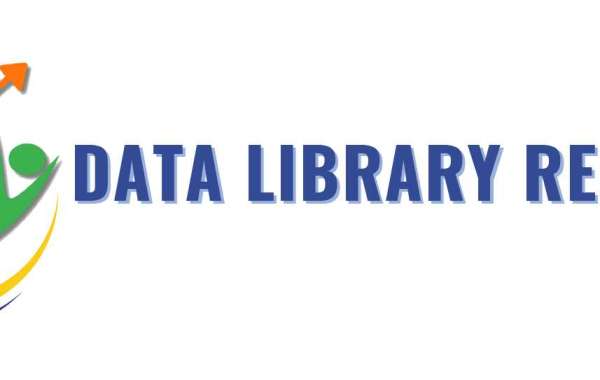In an age of information overload, staying up to date with professional development trends has never been more important—or more confusing. Whether you're a teacher, tech professional, or corporate manager, there's no shortage of content claiming to offer insights on the latest skills, tools, and best practices. But how do you compare sources of information on professional development trends and their validity? Knowing which sources to trust can mean the difference between gaining a real competitive edge and wasting time on hype.
Why Professional Development Trends Matter
Professional development isn't just about keeping a job—it's about growing within a role, adapting to industry changes, and staying marketable in a rapidly shifting economy. With AI, remote work, and global collaboration reshaping careers, knowing what’s trending helps professionals anticipate changes, upskill accordingly, and align their goals with future opportunities.
However, because of this urgency, a flood of content—ranging from high-quality research to poorly substantiated blog posts—has emerged. As such, evaluating the credibility of these trends becomes critical.
Major Sources of Information: A Comparative Look
Let’s explore the most common sources of professional development trends and assess their reliability.
1. Academic Journals and Research Publications
Pros:
- Peer-reviewed and evidence-based.
- Authors are often experts in the field.
- In-depth data and longitudinal studies.
Cons:
- Not always accessible to non-academic readers.
- Can lag behind real-time trends due to publication cycles.
Verdict: Highly valid. These are foundational for evidence-backed development strategies, especially in education, healthcare, and psychology.
2. Professional Associations
Organizations like the International Society for Technology in Education (ISTE), Chartered Institute of Personnel and Development (CIPD), or American Management Association (AMA) provide extensive resources and regularly publish trend reports.
Pros:
- Industry-specific.
- Often offer tools, training, and certifications.
- Updates based on member surveys and analytics.
Cons:
- May have a slight bias toward promoting internal programs.
- Access to premium insights may require membership.
Verdict: Strongly reliable, especially for sector-specific updates.
3. Government and Nonprofit Reports
Governments and NGOs often publish labor forecasts, skill gap analyses, and training guidelines (e.g., from UNESCO or the U.S. Bureau of Labor Statistics).
Pros:
- Comprehensive national and global data.
- Objective analysis.
Cons:
- May not reflect niche or emerging industry changes.
- Updates can be slow.
Verdict: Good for macro-level trend insights, especially for educators and policy planners.
4. Corporate White Papers and Industry Reports
Tech giants and consulting firms (like McKinsey, Deloitte, or LinkedIn Learning) often release reports on skill demand, future of work, and workforce training.
Pros:
- Up-to-date and grounded in large-scale data.
- Often predictive in nature.
Cons:
- Can be influenced by corporate agendas or product promotion.
- Some reports are behind paywalls.
Verdict: Generally credible, but should be cross-referenced with neutral sources.
5. Blogs, News Articles, and Opinion Pieces
These include personal blogs, media articles, and posts from influencers on platforms like Medium or Substack.
Pros:
- Quick to publish.
- Accessible language and formats.
- Offer on-the-ground perspectives.
Cons:
- Not always based on data or rigorous analysis.
- Can be anecdotal or speculative.
Verdict: Useful for initial awareness, but validate with more authoritative sources.
6. Social Media and Online Forums
LinkedIn, Reddit, X (formerly Twitter), and even TikTok are increasingly used to share insights on professional growth, skills, and certifications.
Pros:
- Real-time updates and peer discussions.
- Can surface emerging trends quickly.
Cons:
- High noise-to-signal ratio.
- Content quality is highly variable.
Verdict: Best for gauging popular sentiment, but not for making strategic decisions.
How to Evaluate a Source’s Validity
To make wise decisions about which trends to follow or reject, use these criteria:
- Author Credentials: Is the author an expert or recognized authority?
- Evidence and References: Does the content cite data or studies?
- Objectivity: Is the source selling a product or promoting a specific agenda?
- Timeliness: Is the information current and regularly updated?
- Cross-Referencing: Can the trend be confirmed by multiple independent sources?
Building a Balanced Information Diet
Just like a healthy diet requires a mix of food groups, a reliable information diet should blend various content types:
- Use academic journals and government reports for grounded research.
- Turn to professional bodies and corporate white papers for industry-specific insights.
- Follow blogs and social media for trends and discussion—but apply critical thinking before acting.
By curating your content mix and regularly updating your knowledge sources, you stay agile in your career without falling victim to fads.
Final Thoughts:
The ability to compare sources of information on professional development trends and their validity isn’t just a scholarly exercise—it’s a practical skill that all professionals need. As new technologies and methodologies emerge, distinguishing between trend and truth becomes a critical competency.
Whether you’re a lifelong learner or leading a team, remember that not all trending information deserves your trust—or your time. Prioritize evidence, assess motives, and cross-check facts. The future of your career might just depend on it.





